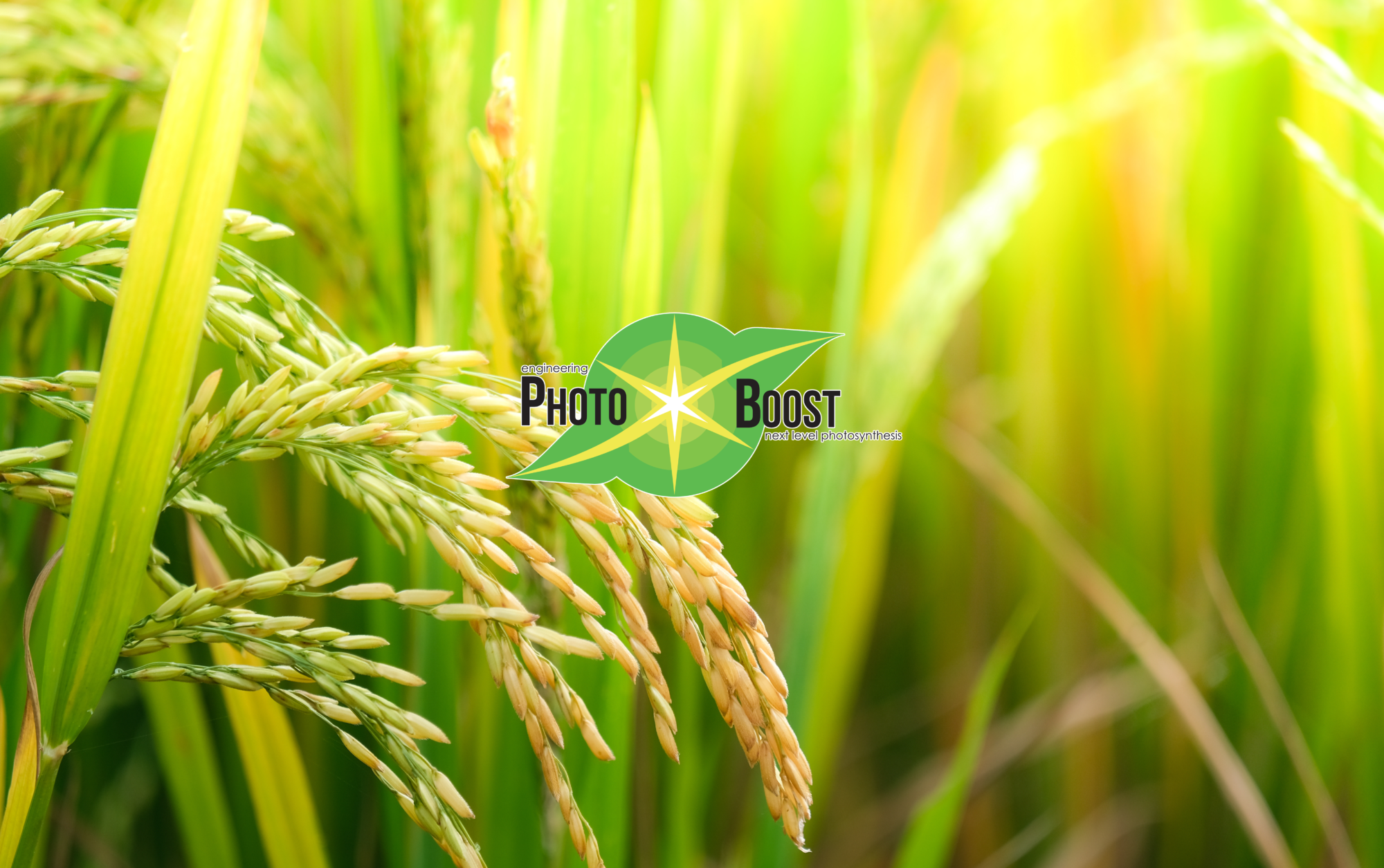
| General The International Rice Research Institute (IRRI) is the world’s premier research organisation dedicated to reducing poverty and hunger through rice science, improving the health and welfare of rice farmers and consumers, and protecting the rice-growing environment for future generations. IRRI is an independent, non-profit, research and educational institute, founded in 1960 by the Ford and Rockefeller foundations with support from the government of the Philippines. Working with in-country partners, IRRI develops advanced rice varieties that yield more grain and better withstand pests and disease as well as flooding, drought, and other harmful effects of climate change. More than half of the rice-growing area in Asia is planted with IRRI-bred varieties or their progenies. The institute develops new and improved methods and technologies that enable farmers to manage their farms profitably and sustainably, and recommends rice varieties and agricultural practices suited to particular farm conditions as well as consumer preferences. IRRI assists national agricultural research and extension systems to formulate and implement national rice sector strategies. Role in Photoboost IRRI will transform rice with multigene constructs to enhance photosynthesis and will test the transgenic lines for transgene expression, correct protein compartmentation and activity. This will include the identification of homozygous lines. Enhanced photosynthetic properties and higher biomass production and yield will be confirmed under paddy field conditions, and elite lines will be tested at multi-site locations across Asia. Contact Paul Quick w.p.quick@irri.org Selected publications Giuliani R, Karki S, Covshoff S. Lin HC, Coe RA, Koteyeva NK, Quick WP, Von Caemmerer S, Furbank RT, Hibberd JM, Edwards GE, Cousins AB (2019) Knockdown of glycine decarboxylase complex alters photorespiratory carbon isotope fractionation in Oryza sativa leaves. Journal of Experimental Botany 70, 2773–2786. https://doi.org/10.1093/jxb/erz083 Dunning LT, Olofsson JK, Parisod C, Choudhury RR, Moreno-Villena JJ, Yang Y, Dionora J, Quick WP, Park M, Bennetzen JL, Besnard G, Nosil P, Osborne CP, Christin PA (2019) Lateral transfers of large DNA fragments spread functional genes among grasses. [This proposal version was submitted by Stefan SCHILLBERG on 02/09/2019 18:57:54 Brussels Local Time.]Issued by the Funding & Tenders Portal Submission System. Proceedings of the National Academy of Sciences USA 116, 4416–4425. https://doi.org/10.1073/pnas.1810031116 Gray JE, Hunt L, Quick WP (2018) Controlling stomatal density in plants. WO2018197878-A1 Danila FR, Quick WP, White RG, Kelly S, von Caemmerer S, Furbank RT (2018) Multiple mechanisms for enhanced plasmodesmata density in disparate subtypes of C4 grasses. Journal of Experimental Botany 69, 1135–1145. https://doi.org/10.1093/jxb/erx456 Coe RA, Chatterjee J, Acebron K, Dionora J, Mogul R, Lin HS, Yin X, Bandyopadhyay A, Sirault XRR, Furbank RT, Quick WP (2018) High-throughput chlorophyll fluorescence screening of Setaria viridis for mutants with altered CO2 compensation points. Functional Plant Biology 45, 1017–1025. https://doi.org/10.1071/FP17322 Go to website |
